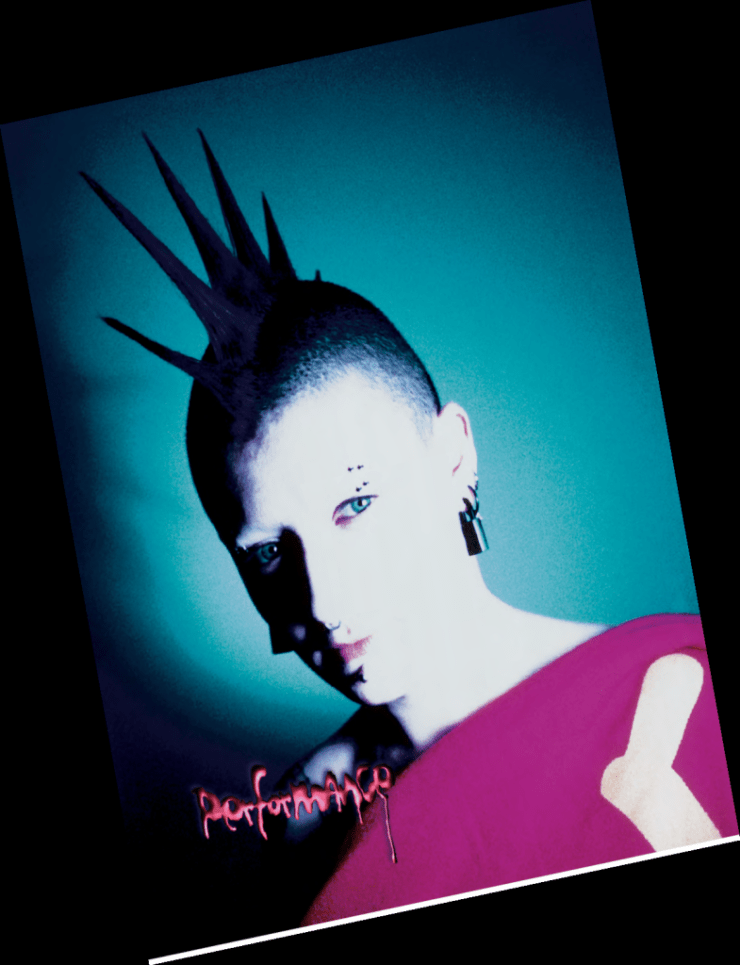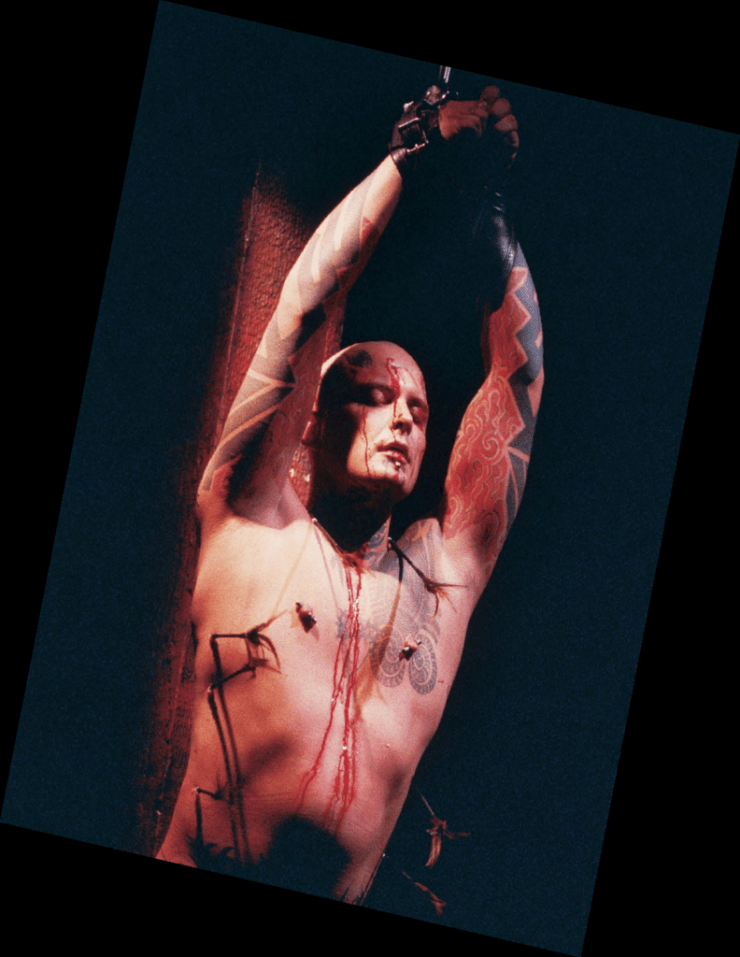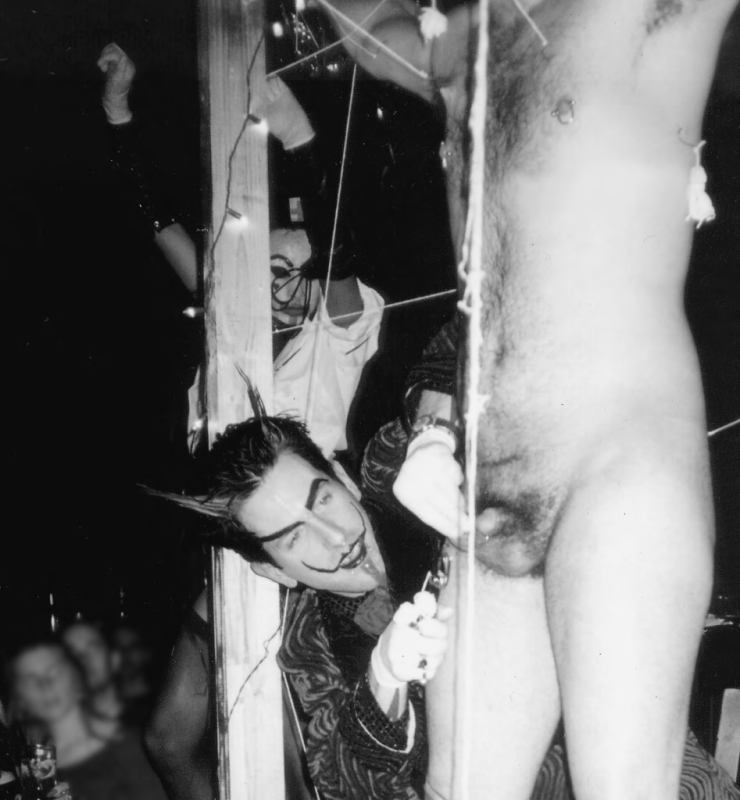
The APP is excited to announce the winners of the 2024 Legacy Scholarships! Congratulations everyone!
Our scholarship program was fully funded by our generous sponsors and the APP. We appreciate you!
Sponsored by Stiletto Piercing Supplies
Dave Kelso Scholarship – mi33tsu (Canada)
Ryan Markwell Scholarship – Josh King (USA)
David Vidra Scholarship – Breo Hoek (UK)
Gail Shub Scholarship – Xhules Gega (Germany)
Sponsored by LeRoi Fine Body Jewellery
Rick Frueh Scholarship – Georgia (UK)
Rick Frueh Scholarship – Andy Forest (Australia)
Sponsored by Canasteel Jewelry
David Vidra Scholarship (Canasteel) – Yürgen van de Velde (USA)
Sponsored by the Association of Professional Piercers
Legacy Scholarship – Victor Huaraca (USA)
Legacy Scholarship – Sonia Deineko (Denmark)
Legacy Scholarship – Phebe Rose (England)
Legacy Scholarship – Anna Skverna (Russian Fed.)
Legacy Scholarship – Vânia Graça (Portugal)
*Contribution to the scholarship program also made by Aurelie Gi


















